Other
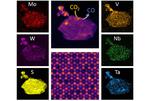
“It’s first demonstrated use of a 2D, multi-metallic alloy A two-dimensional alloy material — made from five metals as opposed to the traditional two — has been developed by a collaboration between researchers at the McKelvey School of Engineering at Washington …

“Physicists at Washington University in St. Louis have discovered how to locally add electrical charge to an atomically thin graphene device by layering flakes of another thin material, alpha-RuCl3, on top of it. A paper published in the journal Nano …

“Structure reveals key features that help block excess light absorption during photosynthesis Photosynthetic organisms tap light for fuel, but sometimes there’s too much of a good thing. New research from Washington University in St. Louis reveals the core structure …
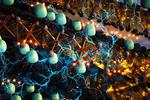
“With increased use of rechargeable batteries to power modern technology, particularly electric vehicles, researchers have been looking for alternative materials for lithium-ion in rechargeable batteries. Modern batteries use lithium and cobalt, but these have a very limited supply. Materials scientists …
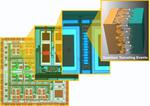
“With just a 50-million-electron jumpstart, sensors can power themselves for more than a year. Shantanu Chakrabartty’s laboratory has been working to create sensors that can run on the least amount of energy. His lab has been so successful at …
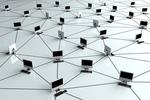
“A computational framework for solving linear inverse problems takes a parallel computing approach In this era of big data, there are some problems in scientific computing that are so large, so complex and contain so much information that attempting to …
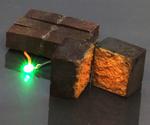
“Imagine plugging in to your brick house. Red bricks — some of the world’s cheapest and most familiar building materials — can be converted into energy storage units that can be charged to hold electricity, like a battery, according to new …

“Engineers at Washington University have developed what they believe is a more stable, less toxic semiconductor for solar applications using a novel double perovskite oxide. Rohan Mishra, assistant professor of mechanical engineering & materials science in the McKelvey School of Engineering …

“The transportation industry is one of the largest consumers of energy in the U.S. economy with increasing demand to make it cleaner and more efficient. While more people are using electric cars, designing electric-powered planes, ships and submarines is …
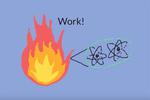
“Researchers find quantum ‘Maxwell’s Demon’ may give up information to extract work Thermodynamics is one of the most human of scientific enterprises, according to Kater Murch, associate professor of physics in Arts & Sciences at Washington University in St. Louis …

“Picture a herd of sheep or cattle emerging from a shed or barn to graze a field. They head straight out of their digs to the pleasure of the pasture pretty much as one entity, but as the land opens …

“It’s long been thought that two’s company and three’s a crowd. But electrical and systems engineers at Washington University in St. Louis and their collaborators have shown that the addition of a third nanoscatterer, complementing two “tuning …
